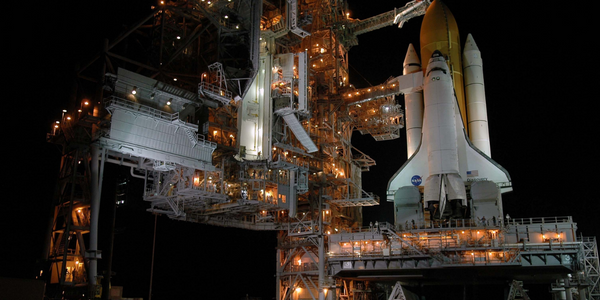Altair
Case Studies
Integrating Systems Modeling with Simulation Helps Ensure Robust Space Debris Re
Overview
 |
Integrating Systems Modeling with Simulation Helps Ensure Robust Space Debris ReAltair |

|
Analytics & Modeling - Digital Twin / Simulation | |
Aerospace | |
Digital Twin | |
System Integration | |
Operational Impact
| [Efficiency Improvement - Time To Market] The integration between system modeling and simulation reduces the time required to simulate the complete mission by orders of magnitude. | |
Quantitative Benefit
This makes it possible to examine hundreds of cases instead of a few dozen cases that might normally be considered during the formulation stage. | |


